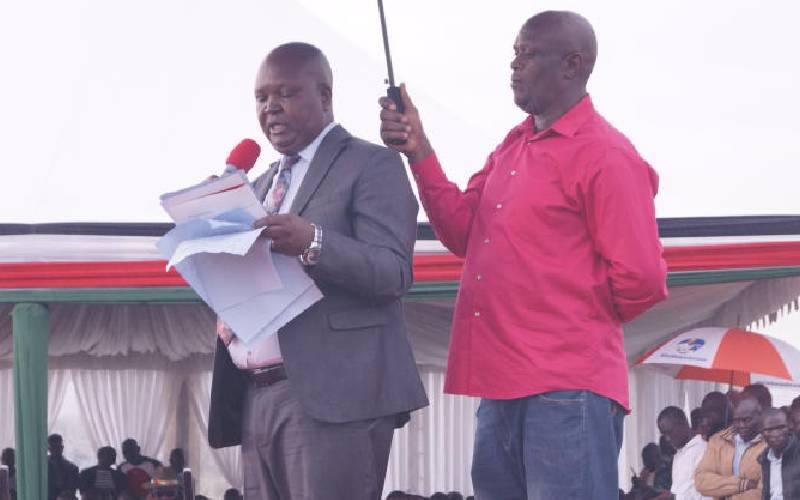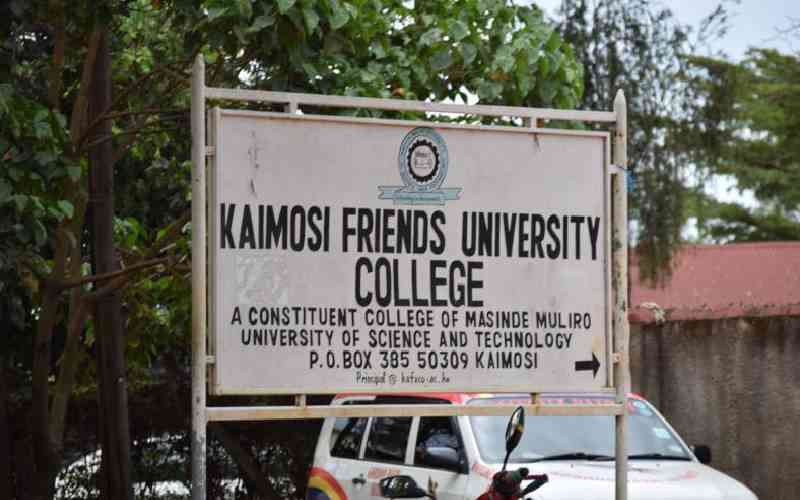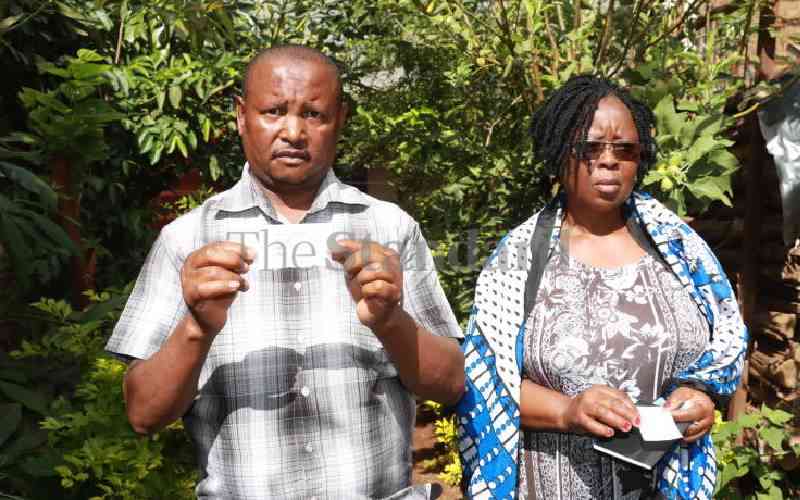The quality of education in Kenya has continued to deteriorate over the last 10 years even as new data shows the country tops the world in primary schools completion rate.
Latest Prosperity Index report by Legatum Institute shows that Kenya leads the world in the number of children completing primary school education.
This means government’s programme to offer free primary education and subsidised secondary education for the past decade has improved access to education.
The country has, however, dropped in almost all other categories–enrollment and quality –from secondary to university education.
The report is likely to ignite debate on Kenya’s quest to provide quality education.
The report measures prosperity in 167 countries representing over 99 per cent of the world’s population, and how it has changed in the last decade.
Largest share
It comprises three domains – Inclusive Societies, Open Economies, and Empowered People – underpinned by 12 pillars, consisting of 66 different policy-focused elements.
Overall, Kenya’s global ranking in education sector category places her in position 107 and number seven in Sub Saharan Africa.
At pre-primary level, Kenya has dropped eight places to emerge number 18 in the Sub Saharan region.
A similar drop was registered in secondary education, where the country was position eight. In tertiary category, Kenya dropped four places to emerge position five.
The best results were achieved in primary and adult skills category where Kenya moved up four and two positions respectively to be ranked seven in the region.
Ministry data shows that on enrollment, there were 2.7 million learners in pre-primary centres as at 2019.
At primary school level, there were 10.1 million pupils as at 2019, compared to 10.39 million in 2018 and 10.29 million in 2017.
At the secondary education level, there was a steady increase in enrolment, from 2.78 million students in 2017 to 3.26 million in 2019.
Stay informed. Subscribe to our newsletter
Overall, Public schools account for the largest share of enrolment in basic education, with 70 per cent at pre-primary level, 84 per cent at primary level and 93 per cent at secondary school level.
On quality of education in institutions of higher learning, Kenya dropped seven places to emerge position 84 worldwide.
Skills of university graduates have also dropped compared to 10 years ago with Kenya moving to position 62 worldwide up from 40.
However, the quality of vocational training has improved up, in what others said is a result of the investments by the government in TVETs.
A recent Basic Education Statistical Booklet released by Education Cabinet Secretary George Magoha, however, lauded the achievements registered in the sector.
On basic education, Prof Magoha said Kenya continues to make good progress on achievement of learning outcomes, as measured through the Early Grade Mathematics Assessment (EGMA) and National System for Monitoring Learning Achievement (NASMLA) in 2018.
Proportion of learners
He said there was an improvement in the proportion of Grade 2 learners meeting the EGMA benchmark, from 71 per cent at baseline in 2016 to 76 per cent at end line assessment in 2019.
“There was a 7 per cent improvement on the proportion of learners meeting the EGMA benchmark in public schools as compared to private schools which had a 21.5 per cent improvement,” reads the Ministry report.
NASMLA for Grade 3 learners conducted in 2018 showed a marginal improvement in the proportion of learners attaining the benchmark competency levels in numeracy and literacy compared to the performance in 2016.
“Nevertheless, a smaller proportion of the learners achieved the benchmarks for high-level competencies in numeracy and literacy. Furthermore, regional disparities exist in the foundational skills of numeracy and literacy,” reads report.
Magoha attributed the remarkable progress to financing of the key programmes. The education sector receives about one quarter of the government resources.
Analysis of the expenditure on education showed that the national government contributed 53 per cent followed by households (parents) at 33 per cent. Report further says that teacher resource management accounted for nearly 50 per cent of the expenditure in education.
 The Standard Group Plc is a
multi-media organization with investments in media platforms spanning newspaper
print operations, television, radio broadcasting, digital and online services. The
Standard Group is recognized as a leading multi-media house in Kenya with a key
influence in matters of national and international interest.
The Standard Group Plc is a
multi-media organization with investments in media platforms spanning newspaper
print operations, television, radio broadcasting, digital and online services. The
Standard Group is recognized as a leading multi-media house in Kenya with a key
influence in matters of national and international interest.
 The Standard Group Plc is a
multi-media organization with investments in media platforms spanning newspaper
print operations, television, radio broadcasting, digital and online services. The
Standard Group is recognized as a leading multi-media house in Kenya with a key
influence in matters of national and international interest.
The Standard Group Plc is a
multi-media organization with investments in media platforms spanning newspaper
print operations, television, radio broadcasting, digital and online services. The
Standard Group is recognized as a leading multi-media house in Kenya with a key
influence in matters of national and international interest.








